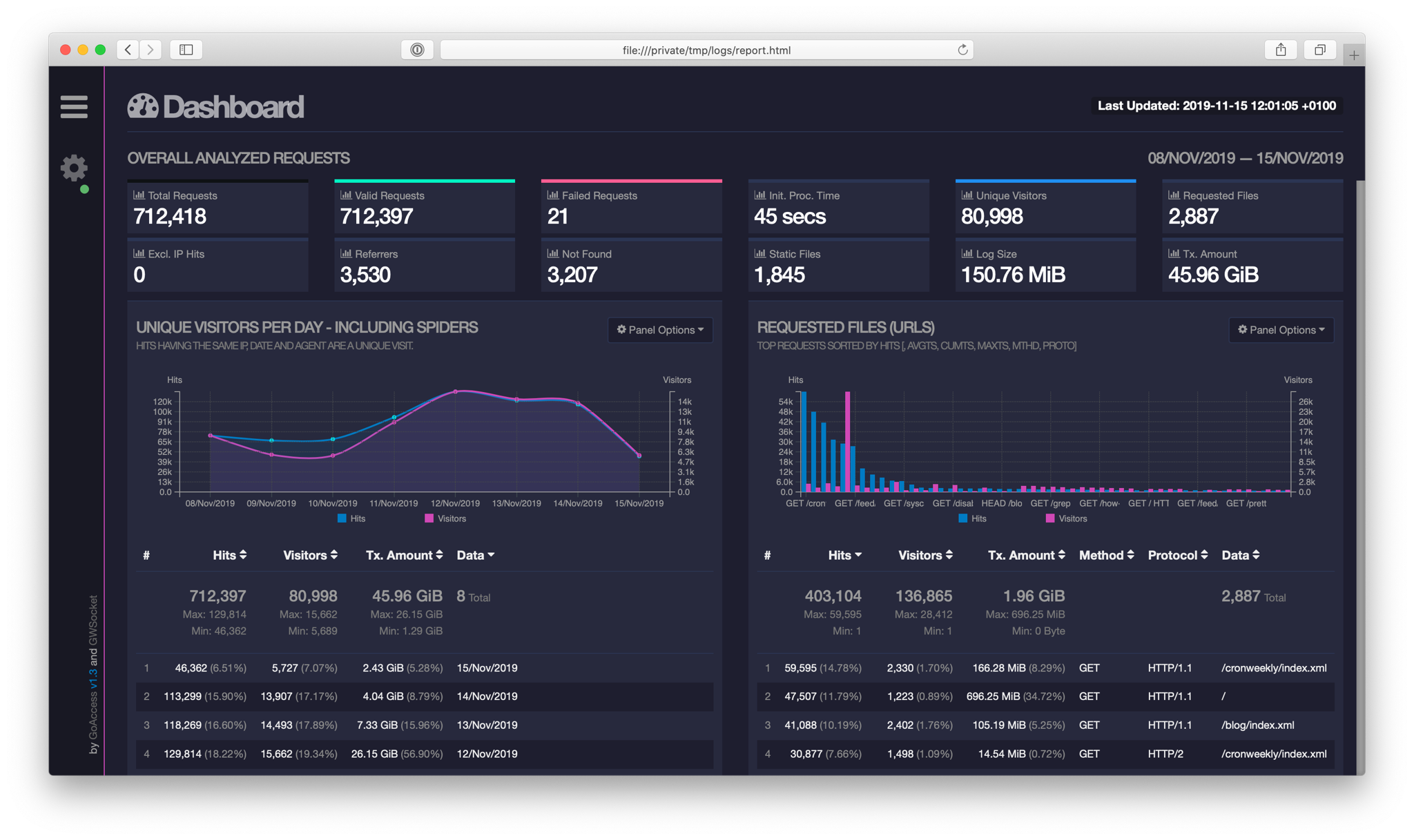We squeeze data from PDF like juice from a lemon
In this post, we will show how to conveniently extract data from PDF files by writing really minimal amounts of code.

Daniel Gustaw
• 7 min read

Data is everything that is or can be processed mentally or computer-wise. In computer processing, some forms of their recording are more or less convenient. For example, PDF is considered a format convenient for humans, but we often underestimate the capabilities of machines in automating processes based on PDF files.
In this post, we will show how by writing really minimal amounts of code, you can conveniently extract data from PDF files. For example, we will use train tickets since they do not contain any confidential data, but it could just as well be invoices, contracts, or CV files.

Data Acquisition
bilet pkp has:attachment -in:chats from:[email protected] to:me
Here is the view I see after filtering:

Now it was enough to download the files to be able to process them.
I saved all the attachments on the hard drive in the ocr directory. As in every post on this blog, further operations will be performed on the Ubuntu system.
Processing PDF to text
We will start by determining the initial content of the directory. It is filled with PDF files.

Thanks to the pdftotext tool from the poppler-utils package, we can extract information of interest from PDF files in the form of plain text. We can install this tool with the following command:
sudo apt-get install poppler-utils
To use it, we use the syntax
pdftotext {PDF-file} {text-file}
In our case, we have many input and output files, so we will use xargs.
ls eic_*.pdf | xargs -i pdftotext "{}";
The command consists of two parts. In the first part, I list all files starting with eic and ending with .pdf. Then, using the xargs program, I pass the resulting stream of data line by line to the pdftotext command. The absence of a second argument means that in my case, the text files were created with the same names as the pdf files.
We can easily check if they actually exist using the ls command.

Data Structuring
Let’s start with something simple. Let’s assume we want to calculate how much money I spent in total on tickets, but we won’t check each ticket manually one by one - that’s what the computer is for. Besides, if we get a different set of tickets, we would have to repeat the manual work. You might be surprised, but to accomplish this task, you don’t even need a code editor and we wrote it in one line:
ls eic_*.txt | xargs -i cat "{}" | perl -ne 'if(/SUMA PLN: (.*) zł/){print "$1\n";}' | tr , . | paste -sd+ | bc
This line returned 786.11, which is the cost of all tickets.

Let’s dive deeper now and see what’s behind it. We will display one of the text files with the command cat eic_67584344.txt:
BILET INTERNETOWYTANIOMIASTOWY
"PKP Intercity"
Spółka Akcyjna
OF: 503
NORMAL. : 1
ULG. :
X : X
Przewoźnik: PKP IC
A-Cena bazowa: 1xNormal
¦ ¸
Od/From
27.09 05:50 Iława Gł.
*
*
*
PRZEZ: Działdowo * Nasielsk
Do/To
¦ ¸
KL./CL.
Warszawa C.
*
27.09 07:50
*
*
2
*
SUMA PLN: 39,90 zł
519836278964
Nr transakcji:
Informacje o podróży:
Stacja
Data Godzina
Iława Gł.
27.09 05:50
Warszawa C.
27.09 07:50
/Wagon K m
IC 5324
208
5
eIC67584344
Nr miejsca (o-okno ś-środek k-korytarz) Suma PLN
81 o
39,90 zł
1 m. do siedzenia; wagon bez przedziałów
d9U
Podróżny:
PTU
8%
Suma PLN Płatność: przelewem
39,90 Zapłacono i wystawiono dnia:
2018-09-26 09:01:20(52245592)
Ogółem PLN:
39,90
Niniejszy bilet internetowy nie jest fakturą VAT.
W związku z przeprowadzanymi modernizacjami sieci kolejowej, uprzejmie prosimy o
dokładne sprawdzanie rozkładu jazdy pociągów przed podróżą.
Data wydruku: 2018-09-26 09:01:57
5324
Bilet internetowy jest biletem imiennym i jest ważny:
a) wraz z dokumentem ze zdjęciem potwierdzającym tożsamość Podróżnego,
b) tylko w dniu, relacji, pociągu, wagonie i na miejsce na nim oznaczone.
Zwrotu należności za niewykorzystany bilet dokonuje się na podstawie wniosku
złożonego przez płatnika w wyznaczonych przez 'PKP Intercity' S.A. punktach, z
wyjątkiem należności zwracanych automatycznie na zasadach określonych w
Regulaminie e-IC.
Daniel Gustaw
d9U
Informacja o cenie
Opłata za przejazd:
(P24) 7219
The first thing that comes to mind is that the file contains all information in an unaltered form. There are no typos, errors, or transpositions typical of OCR systems performing similar tasks on document scans. The price 39.90 zł appears several times in this text. Sometimes it appears together with zł, sometimes not; the line arrangement may differ if several people are traveling on the ticket. We are looking for the most reliable pattern. It is SUMA PLN: 39.90 zł. Now we want to extract 39.90 from this file. perl will help us with this - a language created by linguist Larry Wall specifically for working with text files.
$ cat eic_67584344.txt | perl -ne 'if(/SUMA PLN: (.*) zł/){print "$1\n";}'
39,90
This command can be explained as follows:
- take the file
eic_67584344.txt - redirect its entire content to the program we wrote in
perlas input - the program performs the same command on each line of text
- it checks whether the text matches the pattern starting with
SUMA PLN:and ending withzł. - if so, it extracts the value between these strings and returns it
The problem we have is the Polish , instead of the globally used .. This problem can be easily eliminated by the tr command which replaces its first argument with the second.

Of course, we will not repeat these commands for each file individually. Instead, we will reuse the already known xargs.
$ ls eic_*.txt | xargs -i cat "{}" | perl -ne 'if(/SUMA PLN: (.*) zł/){print "$1\n";}' | tr , .
39.90
63.00
15.14
55.00
60.00
186.00
70.56
89.40
139.00
68.11
It allowed us to search text files using defined filters file by file. One interesting thing is that the "{}" used represents the argument that went into xargs.
Only summation is left, but summing columns from a text file is a piece of cake in the bash console. In the case of a single column, we don’t even need to run awk - an advanced text processing program. We just need paste - a program for merging files and bc, a simple program for calculating sums.
Using paste with the -s option, we will transpose to one line. With the d option, we will set the separator. It will of course be the addition sign +. The result looks something like this:

The final piece bc completes the task, but it was presented at the very beginning:
$ ls eic_*.txt | xargs -i cat "{}" | perl -ne 'if(/SUMA PLN: (.*) zł/){print "$1\n";}' | tr , . | paste -sd+ | bc
786.11
Visualization of Results
Since the files are arranged chronologically, it will be easy for us to see the chart of subsequent prices. To do this, we download chart - a package written in go for creating charts.
wget https://github.com/marianogappa/chart/releases/download/v3.0.0/chart_3.0.0_linux_amd64.tar.gz -O /tmp/chart.tar.gz
And we unpack
tar -xvf /tmp/chart.tar.gz --directory /usr/local/bin
Another command, adds column numbers cat -n and draws a graph
ls eic_*.txt | xargs -i cat "{}" | perl -ne 'if(/SUMA PLN: (.*) zł/){print "$1\n";}' | tr , . | cat -n | chart line

In summary. We didn’t work too hard here, but that was the goal. Showing how one line of code can summarize prices or draw a chart from data that seems unavailable because its format is not as obvious as in the case of organized data stored in a well-defined database structure.
If you want to expand your knowledge and familiarize yourself with the tools we used, you can find links to them below:
Data cleaning
https://en.wikipedia.org/wiki/Data_cleansing
Pdf to Text Converter
https://www.cyberciti.biz/faq/converter-pdf-files-to-text-format-command/
Example of using xargs
https://stackoverflow.com/questions/33141207/what-is-the-working-of-this-command-ls-xargs-i-t-cp-1
Chart - a tool for drawing charts
https://marianogappa.github.io/chart/
Paste - command for merging files
https://www.geeksforgeeks.org/paste-command-in-linux-with-examples/
Examples of oneliners in Perl
Other articles
You can find interesting also.

Rust Wasm performance on snake game example
Lets measure performance of Rust in WASM snake game. We checking limits of performance and compare it with JS version.

Daniel Gustaw
• 15 min read

Fetch, Promise and Template String on example of To Do List in JavaScript
This simple project is great as an introduction to JavaScript programming. The emphasis is on ES6 elements and the frontend.

Daniel Gustaw
• 13 min read

Analysis of Apache logs with GoAccess
In this post, I show a tool that allows you to extract interesting information from files automatically generated during server operation.

Daniel Gustaw
• 20 min read